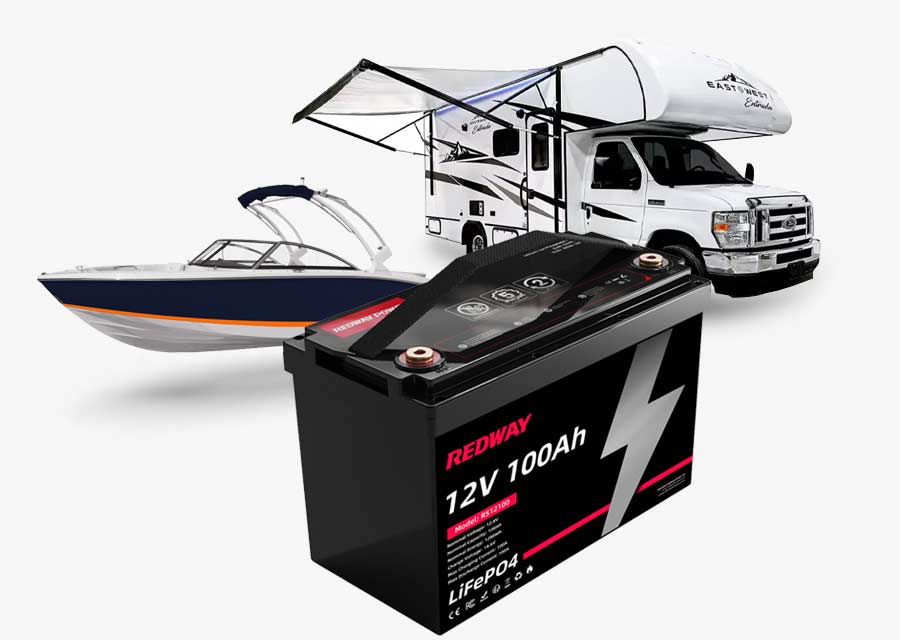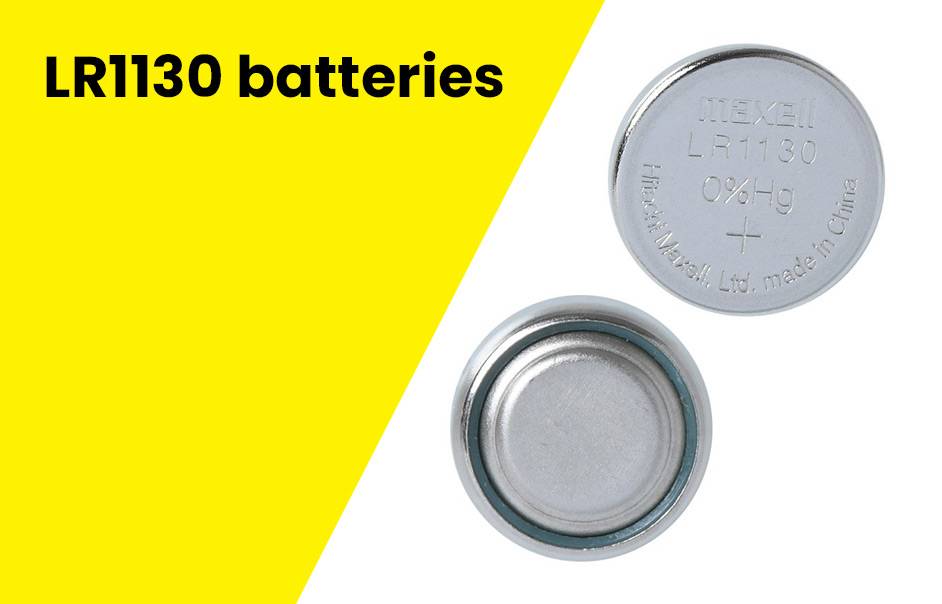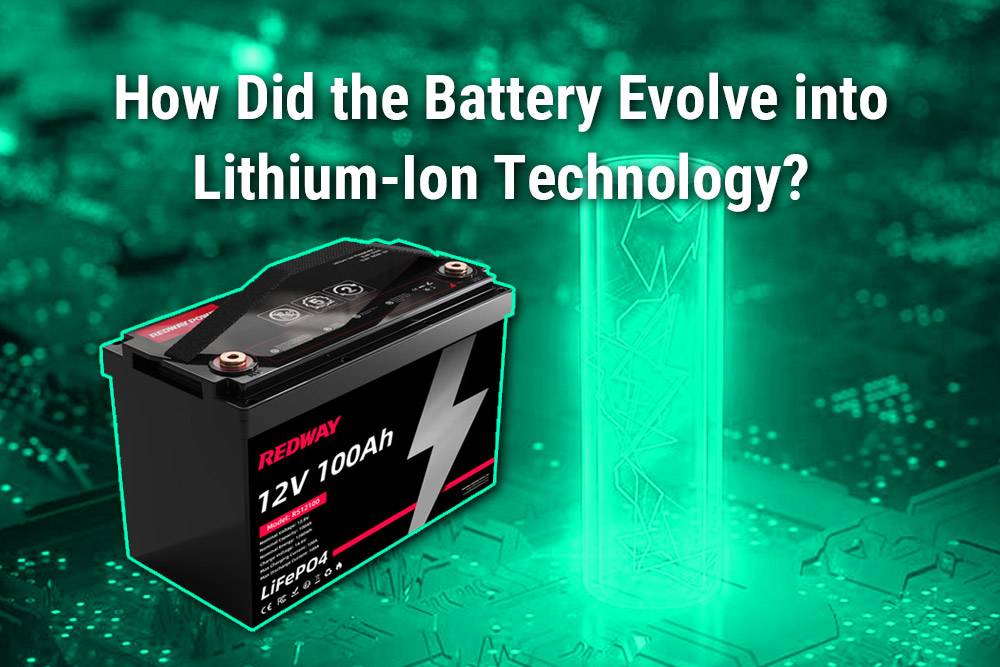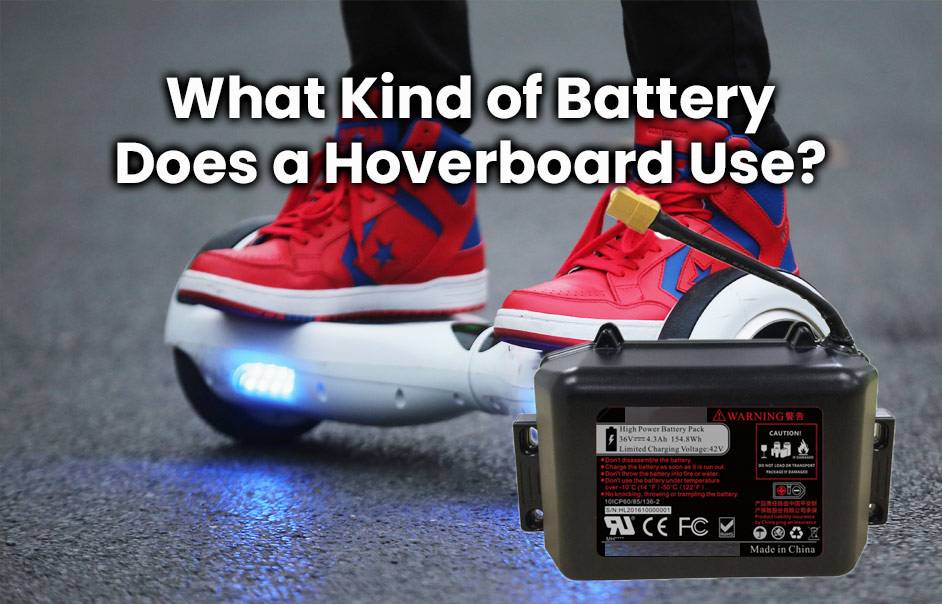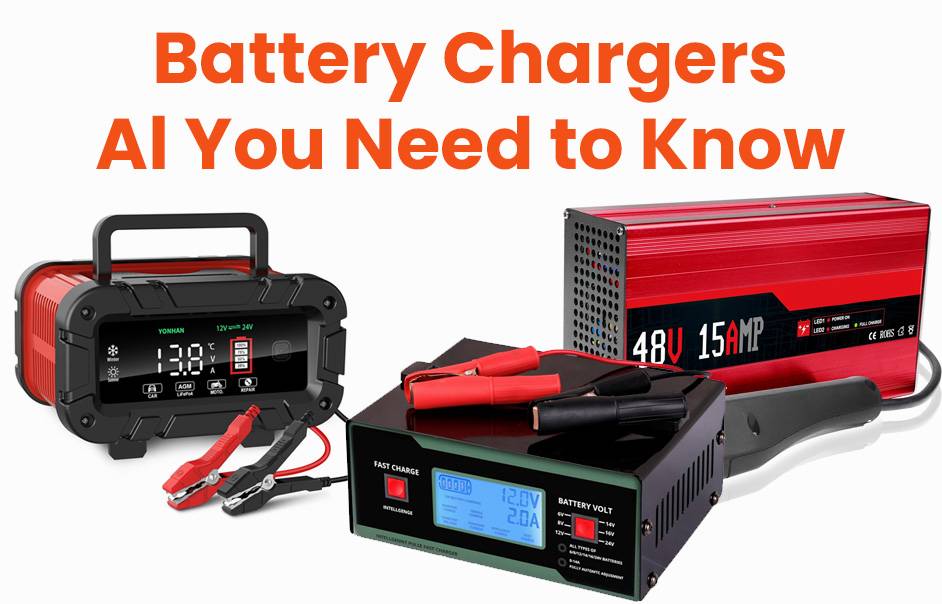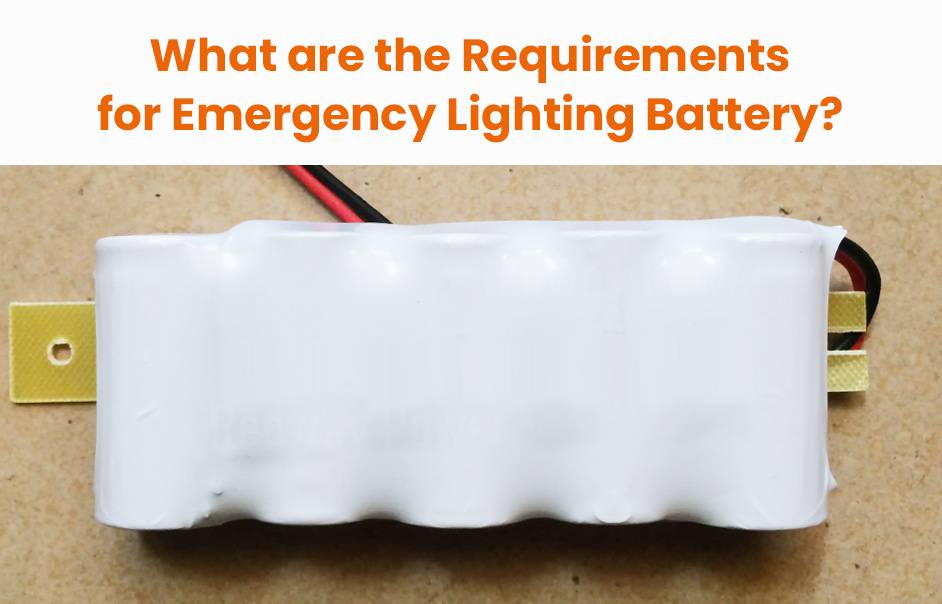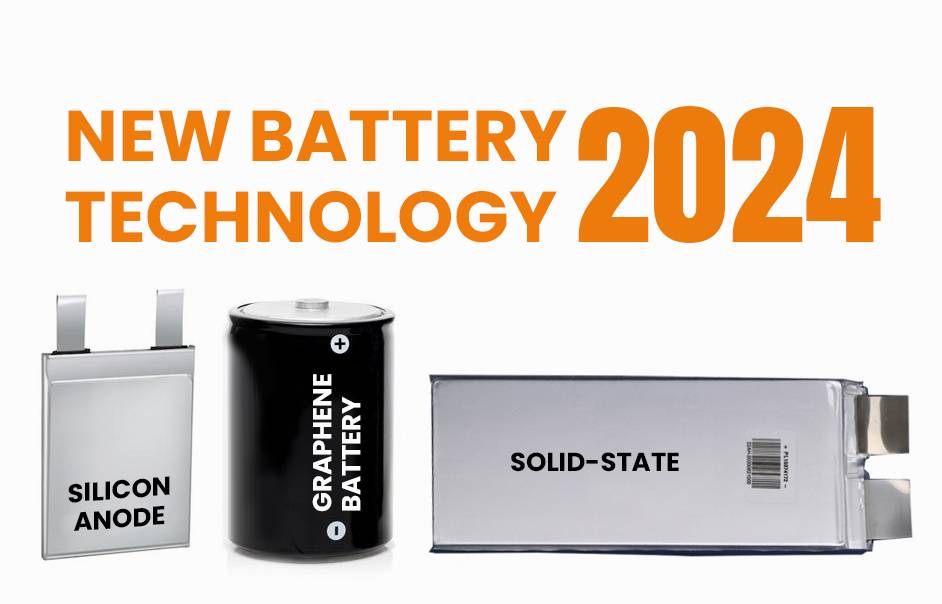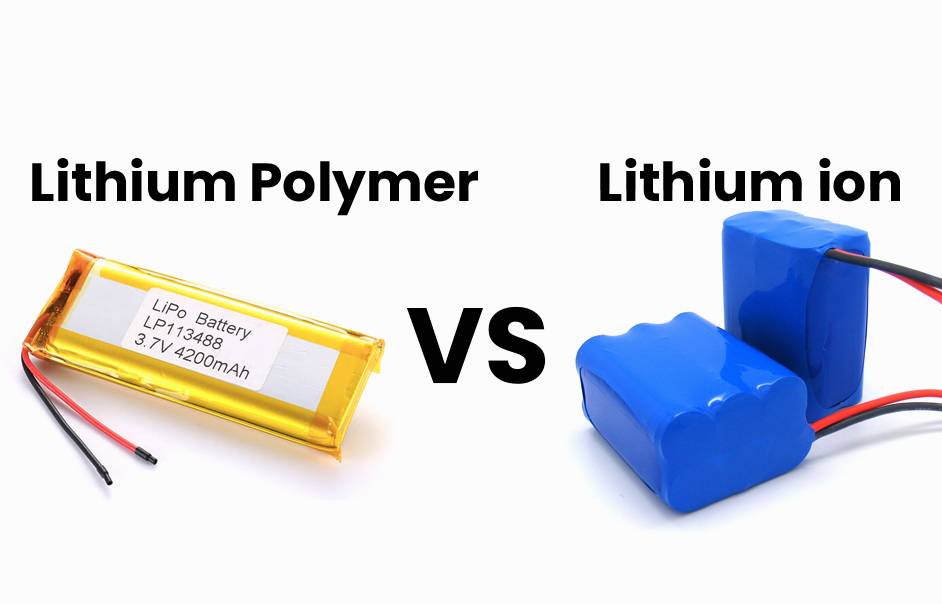LR1130 is a widely used button/coin cell battery, commonly found in various devices such as remote controls, car keys, garage openers, micro LED flashlights, calculators, and toys.
Due to its popularity, LR1130 batteries are manufactured by numerous battery brands and may be labeled under different names, including LR1131, LR54, SR1130, SR1130SW, AG10, 390, 389, 387, 189, among others. This variety of labels can sometimes cause confusion among consumers.
Among the most commonly used labels for LR1130 batteries are LR1130, AG10, 389, and 390.
LR1130 Battery Features and Specifications
The LR1130 battery is a type of alkaline button/coin cell battery, featuring physical dimensions of 11.6 x 3.1 mm (0.4567 x 0.1220 inches), a nominal voltage of 1.5 volts, and a cutoff voltage ranging from 0.8 to 1.0 volts. Its nominal capacity typically falls between 50 and 80 mAh, but this can vary depending on factors such as current drain and the cutoff voltage of the device it powers.
In addition to LR1130, this type of alkaline battery may be labeled under other common names such as LR1131 (according to the IEC standard), AG10, LR54, and alkaline 189, 387, 389, or 390, among others.
It’s worth noting that when using numerical labels, not all manufacturers specify that the battery is alkaline. In such cases, consumers can identify the type of battery by checking for alphanumeric labels indicating the chemistry (e.g., LR for alkaline), as well as the nominal voltage (1.50V for alkaline batteries).
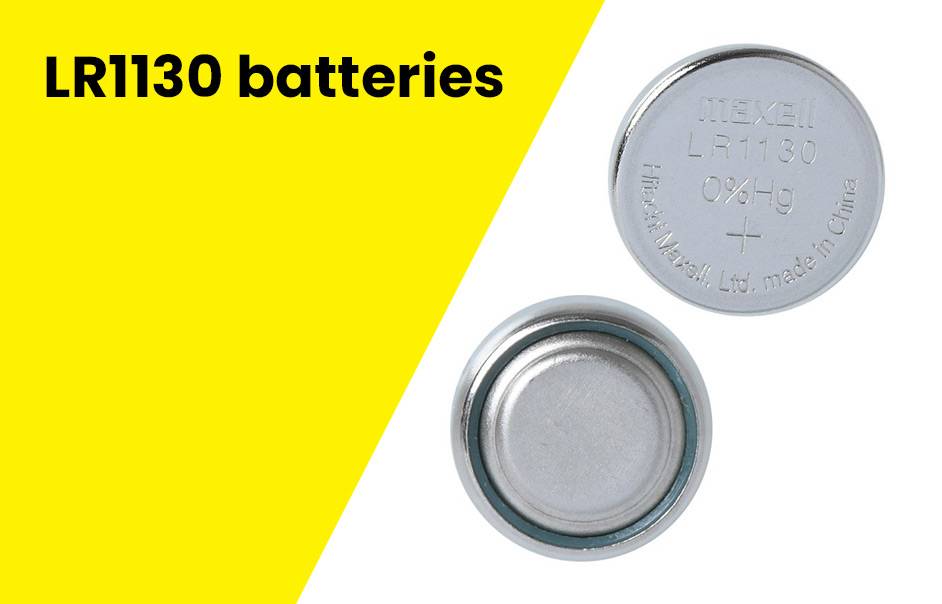
LR1130 batteries are known for their affordability and reliability as power sources, although they do have a relatively short shelf life of around 2-3 years and exhibit a rapid decline in output voltage over time.
To address these issues, many sensitive electronics and devices on standby mode utilize silver-oxide 11.6 x 3.1 mm batteries instead.
The SR1130 battery, a silver-oxide variant with the same dimensions, boasts a nominal voltage of 1.55 volts and a capacity ranging from 80 to 100 mAh.
In the past, SR1130 batteries were categorized as either “low-drain” or “high-drain,” catering to different types of devices:
- SR1130W or 389 battery: Classified as a high-drain battery, suitable for powering devices like analog and digital watches equipped with alarms and LED lights.
- SR1130SW or 390 battery: Considered a low-drain battery, it may not be ideal for devices with alarms and lighting but offers an extended operating lifespan compared to the high-drain variant.
However, advancements in electronics and battery chemistry have led to the development of modern SR1130 batteries known as “multi-drain” batteries. These versatile batteries are designed to power both low-drain devices like wristwatches and high-drain devices like remote controls, toys, and micro-LED flashlights effectively.
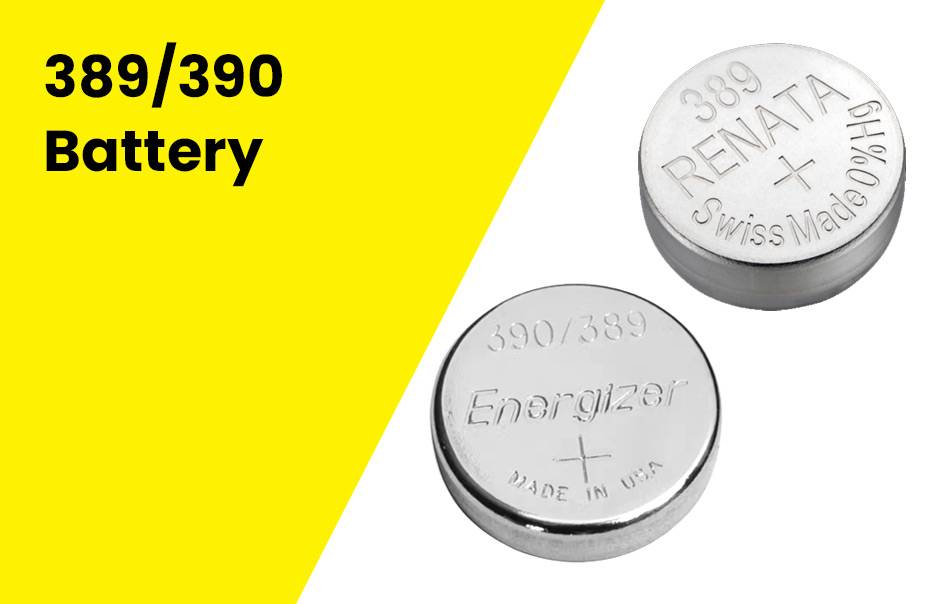
Other common labels used for silver-oxide 11.6 x 3.1 mm batteries include SR1131 (IEC standard), SR1131SW, SR1130, SR1130W, SR54, 189, 387, 389, 390, SG10, and others.
While SR1130 batteries typically come at a slightly higher cost compared to LR1130 batteries, they offer distinct advantages. With a larger capacity, more stable output voltage, and a longer shelf life ranging from 4 to 6 years (sometimes even more), SR1130 batteries are better suited for powering sensitive electronics, standby devices, everyday carry (EDC) items, wearable electronics, and similar applications.
LR1130, AG10, 389, 390 Batteries Comparison Chart
Below is a comparison chart featuring some of the most common alkaline and silver-oxide 11.6 x 3.1 mm batteries, along with their key features and specifications:
| Battery Datasheet |
Capacity | Operating Temperature | Annual Self-Discharge Rate | Discharge Current |
| Duracell D389/D390 | 80 mAh, 15 kΩ down to 1.2V @20°C | 0°C to +60°C | <10% @20°C | 104μA over 15kΩ @20°C |
| Energizer 189 | 80 mAh, 15 kΩ down to 0.9V @21°C | – | – | 83μA over 15kΩ @1.25V @20°C |
| Energizer E390/389 | 88 mAh, 15 kΩ down to 1.2V @21°C | – | ~2% @20°C | 99μA over 15kΩ @20°C |
| Eurobatt AG10 LR1130 | 70 mAh, 1 kΩ down to 0.9V @20±2°C | – | – | 1.5mA over 1kΩ @20±2°C, starting current |
| Kodak AG10 | 75 mAh, 15 kΩ down to 0.9V | -10°C to +45°C | – | – |
| muRata LR1130 | 70 mAh | -10°C to +60°C | – | – |
| Power-Xtra AG10/LR1130 | 80 mAh, 15 kΩ down to 0.9V @21°C | – | – | – |
| Renata 389 SR1130W | 80 mAh, 15 kΩ down to 1.2V @20°C | -10°C to +60°C | <10% @20°C | 104μA over 15kΩ @20°C |
| Renata 390 SR1130SW | 80 mAh, 15 kΩ down to 0.9V @20°C | -10°C to +60°C | <5% @20°C | 104μA over 15kΩ @20°C |
Of course, there are other alkaline and silver-oxide 11.6 x 3.1 mm batteries on the market as well.
LR1130 Battery vs. CR1130 Battery
The CR1130 battery, also known as DL1130, BR1130, KL1130, L1130, etc., is a manganese-dioxide lithium battery (CR1130) or carbon-monofluoride lithium battery (BR1130). It has a nominal voltage of 2.8V (older BR1130 batteries) to 3.0V (CR1130 and newer BR1130 batteries) and physical dimensions of 11.5 x 3.0 mm (0.45275 x 0.11811 inches).
While CR1130/BR1130 batteries may fit into battery compartments intended for LR1130/SR1130 batteries, it’s important not to replace LR1130/SR1130 batteries with CR1130/BR1130 batteries unless explicitly allowed by the device manufacturer. The voltage differences (1.50/1.55 volts vs. 2.8/3.0 volts) can easily damage sensitive devices that are not designed for such battery replacements.
LR1130/SR1130/CR1130 Batteries Safety Issues
As with all small batteries, LR1130/SR1130/CR1130 should be kept out of reach of children and pets to prevent accidental ingestion. While modern LR1130/SR1130/CR1130 batteries are free of mercury and other heavy metals like cadmium, they can still pose a danger if swallowed.
If LR1130/SR1130/CR1130 or any similar battery is ingested, it can lead to electrolytic reactions inside the body, potentially causing chemical burns. In such cases, it is important to contact the nearest emergency center immediately, provide details of the situation, and follow their instructions carefully.
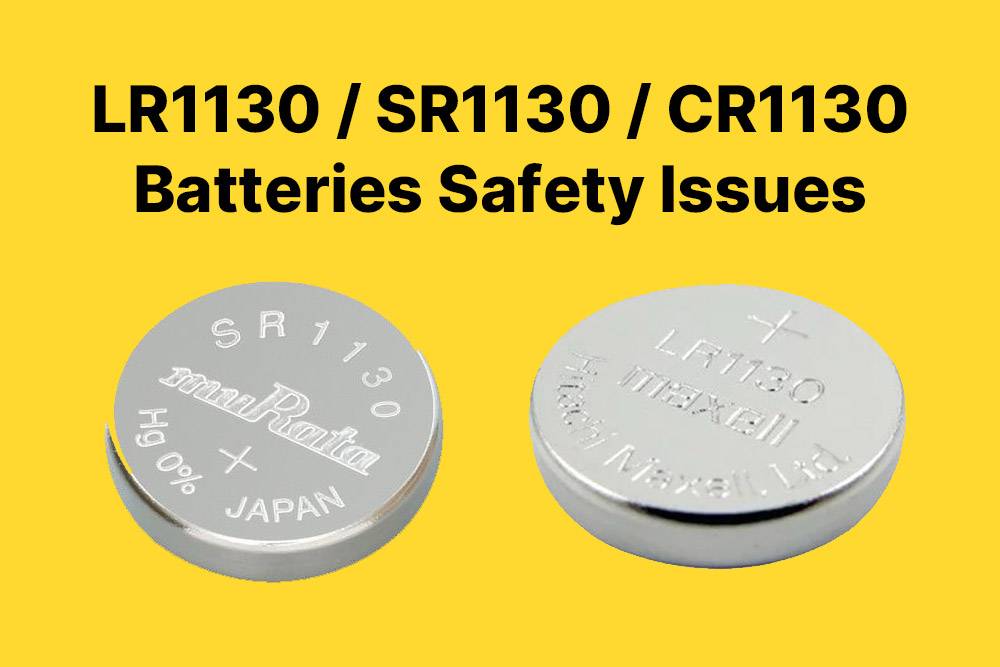
LR1130, AG10, 389, 390 Battery FAQs
Here are some frequently asked questions (FAQ) about LR1130 and similar batteries.
What is equivalent to an LR1130 battery?
The LR1130 battery, with dimensions of 11.6 x 3.1 mm, is equivalent to the LR54 and AG10 batteries.
Since silver-oxide and alkaline button cells are compatible, you can replace the LR1130 battery with an SR54 or SR1130 battery, also labeled as 389, 390, SR1130W, SR1130SW, and similar.
However, it’s important to note that 389/SR1130W batteries are High-Drain, while 390/SR1130SW batteries are Low-Drain.
Is the LR1130 battery the same as the 389?
No, they differ in chemistry and discharge features. However, the alkaline LR1130 battery can be substituted with a silver-oxide low-drain 389/SR1130W battery in low-drain applications.
What battery can replace AG10? What is equivalent to AG10?
The AG10, also known as LR1130 or LR54, is an alkaline 11.6 x 3.1 mm battery. It can also be replaced with the silver-oxide SR1130/SR54 multi-drain battery.
Is LR44 the same as AG10?
No, the LR44 battery is an alkaline 11.6 x 5.4 mm battery, also labeled as an AG13 battery. The AG10 battery, with dimensions of 11.6 x 3.1 mm, is different. While the AG10 can fit in a LR44 battery compartment, it may have lower capacity and drain currents, and loose contacts could affect reliability.
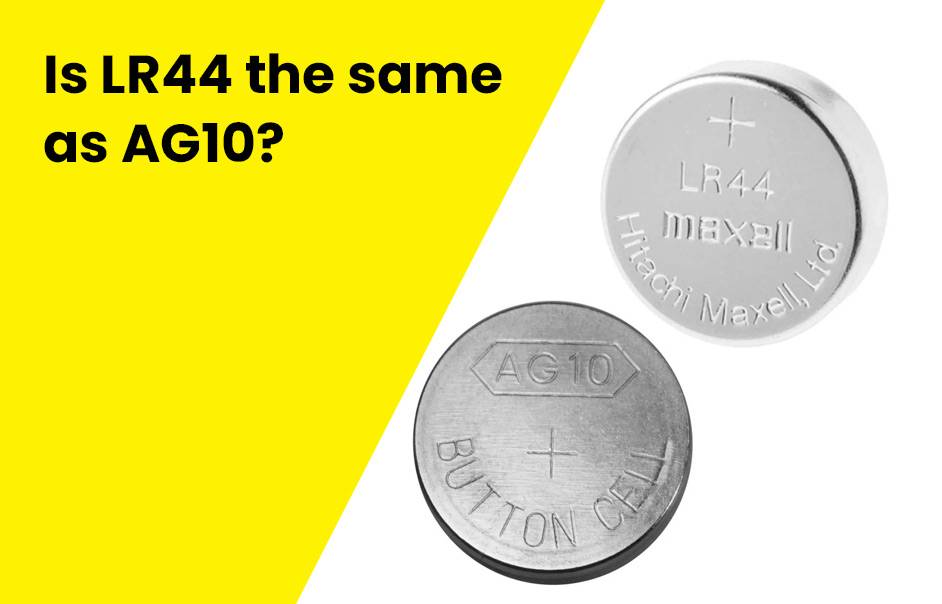
Summery
If you need an LR1130 battery, opt for an alkaline LR1130 (or LR54, LR1131, AG10, etc.) battery from a reputable brand. Just ensure that you don’t stockpile them excessively, as their shelf life is typically around 2-3 years.
For more sensitive applications such as wristwatches and calculators, consider using SR1130 (or SR54, SR1131, SG10, 189, 387, 389, 390, etc.) batteries. These offer larger capacity, more stable voltage, and a longer shelf life.
Remember to keep these batteries out of reach of pets and children, and be sure to recycle them properly when they’re no longer in use.
